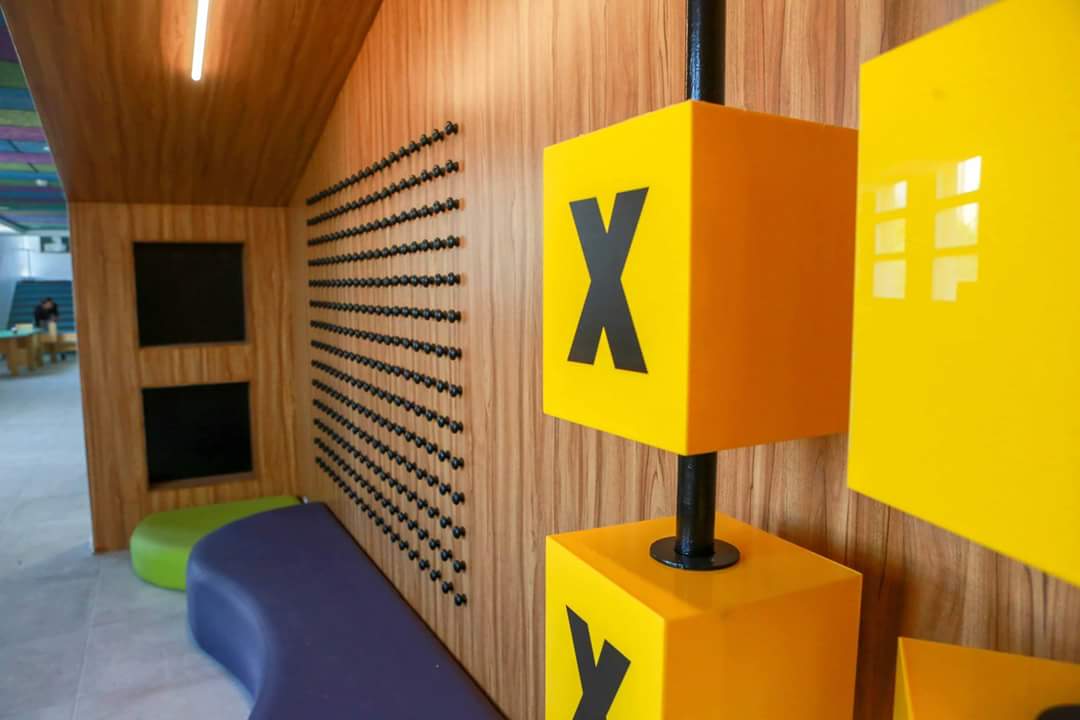Design Of Learning Environments
Design Of Learning Environments – Education is one of the most primordial and significant requisites of a flourishing and decent society. To impart beneficial education, the provision of an effective and conducive learning environment is imperative. A learning environment should be such that it may be benefited by all the students irrespective of their mental level. The perfect learning environment encompasses. Dated back to the 1800s to the 1900s, different methods have been utilized – we could say all this led to the Design of a learning environment to further improve the way people learn in the world community as a whole.
The design of learning environments evolved from learning as a subject matter. This involves teaching, which means learning environment design (LED) is a process of designing user-focused materials that makes a conducive learning environment. Learning environment design is not fixed (gone are those days) instead it is focused on the educational goal. The design of the learning environment consists of fractions. They include:
Learner-centered environment.
Knowledge-centered environment.
Assessment centered environment.
Community centered environment.
Learner-Centered Environment
Learner-centered environment, as its name implies, is all about the learner. It involves analyzing the different types of learners and their abilities, beliefs, and attitude and devising a way to cater to all. In this type of environment, focusing on students’ culture and background is important. Generally, people are able to relate to things they are familiar with. How effective will it be if you can relate with learners based on how they grow up? What they are accustomed to? And what they believe? Pretty easy I think.
1-Knowledge-centered environment
The knowledge-centered environment requires an instructor to equip learners with the ability to probe answers. This will improve learner’s critical thinking ability, and help them to develop. Helping learners develop this ability will have a big impact on how they think.
2-Assessment-centered environment
This involves utilizing learner’s knowledge alongside specific skills to solve problems/tasks. This is to reflect the progress of learners. This can also be regarded as Feedback which the assessment-centered environment aims at providing. This is majorly because feedbacks are very important in the learning process.
3-Community-centered environment:
Community-centered learning in the design of a learning environment is the medium for learners and instructors to exchange thoughts on the subject matter. This includes interaction at workplaces, schools, universities, and classrooms. With the advancement of technology, virtual interactions (video calls) are available for the community-centered environment.
Learning is taking a whole new level with the use of AI and it is ever-evolving and so is the learning environment design. Formerly, the use of AI in the learning environment was of course a dream in the 1800s and 1900s, but the 21st-century technology is giving hope. Should it be hoped for? The world of learning and the design of its environment don’t know for sure but with the emergence of web 3.0, something good ought to be looming.
In summary, the designing of the learning environment- how it relates to instructors and learners narrows down to 3 points:
Building knowledge in learners (to be done based in the learner-centered environment.
Testing learner’s knowledge- teaching them to probe their thinking and solutions.
Helping them utilize their knowledge to solve problems.
